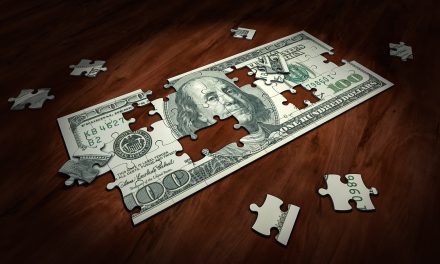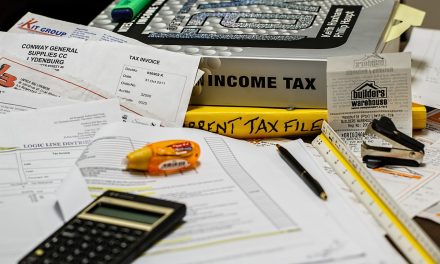With a slight skid (well, spring is such a beautiful ?) I publish a summary of the costs associated with the appearance of our youngest child. This time the second quarter of his life was the last when it was easy to make such a comparison, because he was fed only on my milk. I will use estimates rather than precise calculations as soon as I start expanding my diet.
You will find the previous entry summarizing the first three months here.
Our child was very kind to us, or rather to our finances, because so far he or she had missed all the illnesses. He caught a cold several times, had a few days of elevated temperature, but it was not possible to buy medicines and pay for medical appointments. Overall, our expenditure categories have not changed much compared to the first quarter of a child’s life. We still don’t spend anything on clothes or toys, because everything has been spent after his older siblings and friends’ children. The only change is a partial switch to reusable diapers. Father, I almost forgot – once we spent money in the entertainment category, when it turned out that in one of Warsaw’s museums we had to buy a ticket also for the youngest member of our family. In total, we spent 605 USD, most of which was spent on the daily hygiene of the child – nappies (including the purchase of reusable nappies), handkerchiefs, etc. In the health category, all the costs are one vaccine (there were to be two in this quarter but due to the colds of a toddler or other children we are late with the implementation of the vaccination calendar) and a welcome D.
Analysis of expenditure in the Hygiene category
As hygiene expenses make up the majority of the costs around the corner, I decided to take a closer look at what was included.
The investment in reusable diapers constituted the largest part of the sewn-in expenditure. I have written a separate entry about our beginnings with reusable nappies – there you will also find a financial analysis – whether reusable nappies are a way to save money, where I take into account the cost of buying them and washing them. These analyses show that reusable nappies usually bring financial benefits in the second year of use, unless you manage to buy them extremely cheaply. Our nappies were bought this way, but unfortunately not all of them are good products – I can already see that many of them will not survive the test of time. We will see if the ones we have left are enough, if we have to buy something else (a child grows and his/her needs change – it may also turn out that many of the cartridges that now work for us will stop fitting or warp when a child changes proportions a little).
We also continue to use disposable diapers – often overnight or for trips and excursions. Nevertheless, we can see a significant reduction in expenditure in this area thanks to reusable diapers – we spent less on diapers for the whole quarter than we would have spent normally for a month. It is worth noting, however, that we use cheap diapers from Biedronka, in addition to those bought in promotions. If we wanted to use ecological nappies, these expenses would be much higher (but also the savings associated with switching to reusable nappies would be much higher).
Almond oil is the only “cosmetic” we bought for the youngest child. We used it mainly for massage, sometimes for bathing and for the whole family to lubricate the face before leaving the frost.
When it comes to washing powder, we use baby powder – for everything we wash. I managed to hunt an amazing promotion and for less than $50 I bought a supply of powder, which should last until the end of the year. The cost in the table is 1/5 of the expenditure per powder – I assumed that each of us uses approximately the same amount of powder – in fact, we use probably more to wash babies’ clothes, but I think that this simplification does not interfere very much with the analyses.
The remaining expenses are nappy disinfectant and ear sticks, which were purchased accidentally, as we try not to use them because of the limited amount of rubbish.
How can I save money on my child?
This question is asked (with some timidity) by many parents. I understand the limitations in this area, because in the end it is not good to save your child, but even if you are afraid to ask this question loudly, I will tell you that you will certainly be able to ;). I think this can be seen in the analyses above.
In the previous entries I touched upon the topic of the expedition and some of the current costs (here – the entry concerning saving on clothes). Here I would like to focus on the daily care of my little one. I suspect that our approach may seem radical, but I can assure you that it has many additional benefits. Our way to minimize the expenses associated with child care is to:
Natural and minimalist care. A baby (usually) does not need cosmetics. They can be successfully washed in water, in water with a little mild detergent, in water with added infusions or in starch. Most often, a baby’s skin does not need any lotions or creams – it is worthwhile, however
How much does it cost to maintain your child











